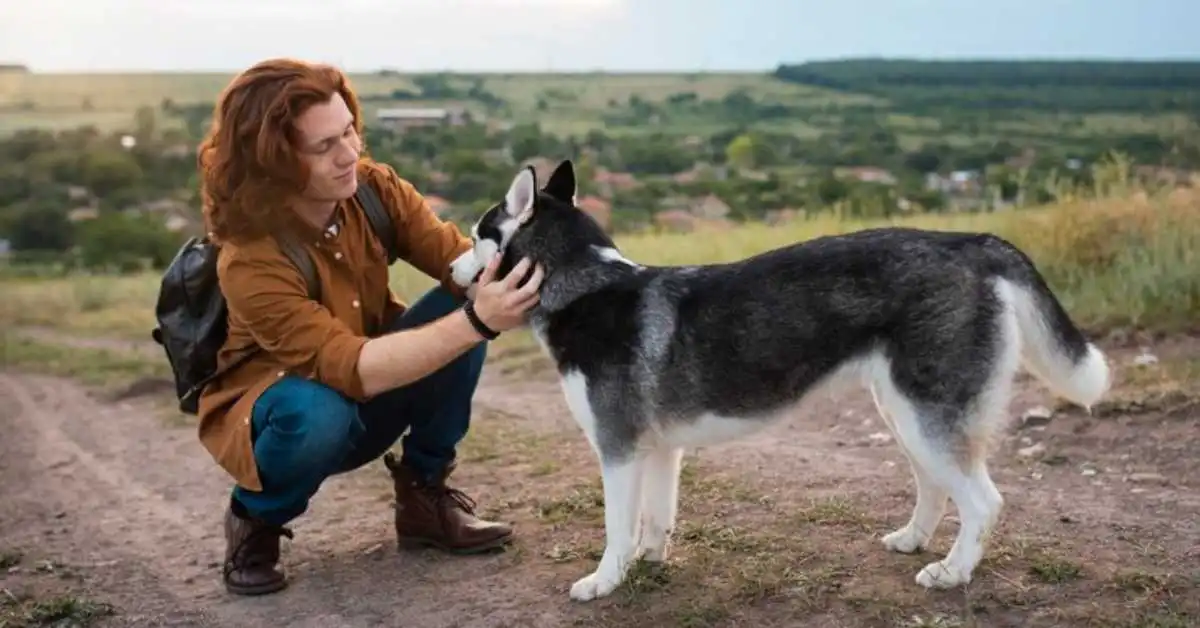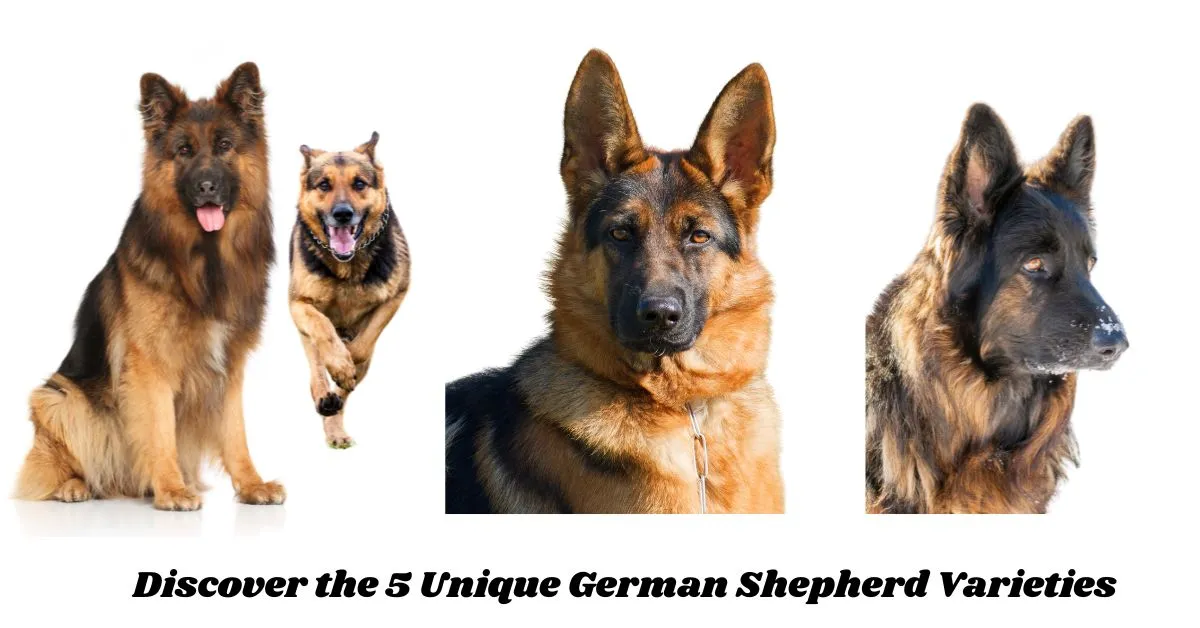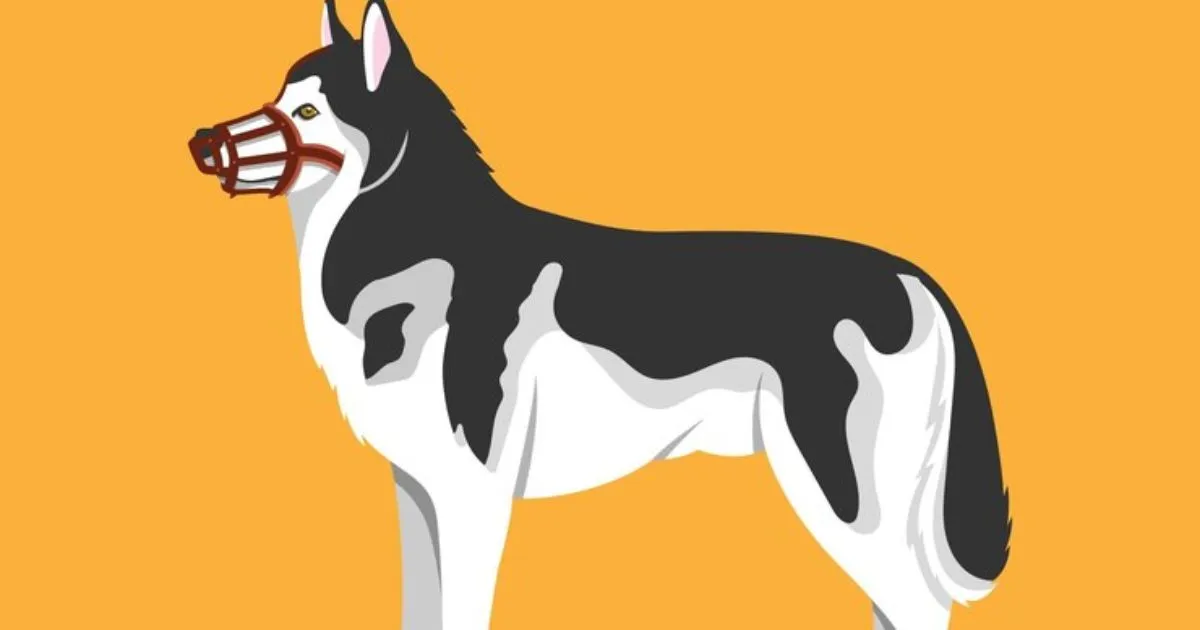I love watching my German Shepherds show affection in many special ways. One of the German Shepherd’s signs of affection is tail wagging. My dog’s tail wags enthusiastically when I come home, showing how much they miss me. They also like to lean against me, which is a sign that they trust me and want to be close for comfort and warmth. Another German Shepherd sign of affection is following me around the house. It shows they love being near me and want to protect me. They maintain eye contact, are loyal, and always look out for me. Sometimes, they even lick me or give me playful nips to show their love.These actions help us build a strong bond full of respect and love. Understanding these German Shepherd signs of affection makes our relationship even more special. 31 Different Ways German Shepherds Show Affection 14:We are pawing for your attention: interaction, affection, company, cuddling, requesting a game, signal of value, balanced and positive behavior. 15:Listening intently when you speak: respect, attention, bonding through communication, words, tone, body language, understanding, and engagement. 16:Nudging you with their nose: attention, communication, affectionate engagement, gentle cues, trust, bonding, and sweet gestures. 17:Gentle mouthing without applying pressure: playful affection, closeness, love, respecting boundaries, acceptable behavior, and communication through gentle nibbling. 18:Play bowing to invite you to a game: fun, joy, presence, trust, camaraderie, invitation to engage, pack behavior, playful affection. 19:Raising their eyebrows when they see you: excitement, joy, facial expression showing affection, connection, and emotions, subtle positive relationship signals. 20:Keeping an eye on you during walks involves protective instincts, affection, safety, loyalty, bonding, responsibility, feeling secure, and being part of the pack. 21:Patience during grooming sessions: trust, comfort, care, affection, acceptance, social bonding, emotional relationship, calm behavior. 22:Turning their backs to you shows trust: protection, care, bonded affection, vigilance, confidence, emotional symbolism, and subtle gestures. 23:Whining for attention or when you leave: attention seeking, attachment, vocal affection, connection, communication, emotional bonding, presence. 24:Rolling over for a belly rub: vulnerability, trust, affection, confidence, playful bonding, social behavior, interactive gestures. 25:Tucking their head into your lap: comfort, touch, affectionate presence, bonding, closeness, reassurance, trusting contentment. 26:Lying down with their legs spread out towards you (known as “splooging”): Comfortable trust, relaxed posture, affectionate contentment, presence, and bonding. 27:Trying to “herd” you with their nose: instinctive protective, affectionate nature, breed roots, caring, loving companions, behavioral gestures. 28:Smiling, a relaxed: open mouth, and a lolling tongue mean happiness, calm comfort, affectionate presence, joy, and contentment. 29:Sighing when they’re next to you shows contented peace, affection, comfort, presence, love, trusting bonding, emotional connection, and safety. 30:Howling with you for shared communication and bonding: communication, bonding joy, shared activity, affectionate roots, connection, cooperative interaction. 31:Healthy German Shepherd Relationship: Exercise and Play: Regular exercise, integral routine, bonding through play, fetch, running, physical activity, opportunities to strengthen bonds, love, and trust. Enhancing German Shepherd Interaction with Fi Dog Collars Fi Dog Collars: Tracking Your Dog’s Health and Affection In the digital age, dog owners leverage technological advancements to enhance their relationships with their canine companions. The Fi Dog Collar is a prime example of how technology can help us better understand our dogs’ behavior and interactions.This unique collar features a comprehensive health-tracking system that allows owners to monitor their dog’s physical activity levels and exercise routines. Understanding your German Shepherd’s love and affection becomes more feasible through the health status insights provided by Fi Dog Collars, helping you track potential health issues and allergies. Fi Dog Collars: Building Bond through Playtime Bonding with your German Shepherd can be significantly enhanced by engaging in playful activities. Fi Dog Collars make this easier by offering real-time tracking of your dog’s physical activity during playtime. Activities such as fetching or using a flirt pole become more meaningful as you can monitor how much exercise your dog is getting. This boosts your bonding experience, fostering a stronger connection between you and your furry friend. Fi Dog Collars: Ensuring Safety and Trust Trust and safety are crucial in your relationship with your German Shepherd. Fi Dog Collars, equipped with GPS tracking capabilities, ensure you can always locate your dog and keep them safe.This not only offers peace of mind but also strengthens the bond of trust and love between you and your pet. Understanding Your German Shepherd’s Needs with Fi Utilizing the Fi Dog Collar provides valuable insights into your German Shepherd’s daily routine. The data collected can shed light on your pet’s active playtime, puzzle toy engagement, rest periods, and meal needs.Understanding these aspects showcases your affection and facilitates reciprocating their love in the best possible ways. Fi Dog Collars: For the Love of German Shepherds For the love of German Shepherds, the Fi Dog Collar serves as an intelligent tool to enhance the relationship. Offering vital insights into your pet’s behavior, health, and safety, this device helps decode their love language, allowing you to reciprocate their affection and care in every possible way. Responding to your German Shepherd’s needs based on these insights is the cornerstone of a loving bond. Why is my German Shepherd so affectionate? German Shepherds are renowned for their loyalty, protective instincts, and affectionate nature towards their human family members. These qualities make them exceptional companions and integral parts of the family. The strong bond and mutual trust shared between a German Shepherd and its owner stem from the breed’s affectionate disposition and history.German Shepherds’ affectionate nature is deeply embedded in their history and inherent traits. Originally bred as herding dogs, they are hardwired to protect and stay close to their pack or family. This loyalty and protective instinct have made them not just capable working dogs but also loving family pets. Intelligent and wise, German Shepherds form profound attachments to their human companions, valuing their presence and seeking to ensure their safety. These traits, coupled with their affectionate demeanor, highlight why they remain one of the most beloved dog breeds around the world. How do German Shepherd puppies show affection? … Read more




